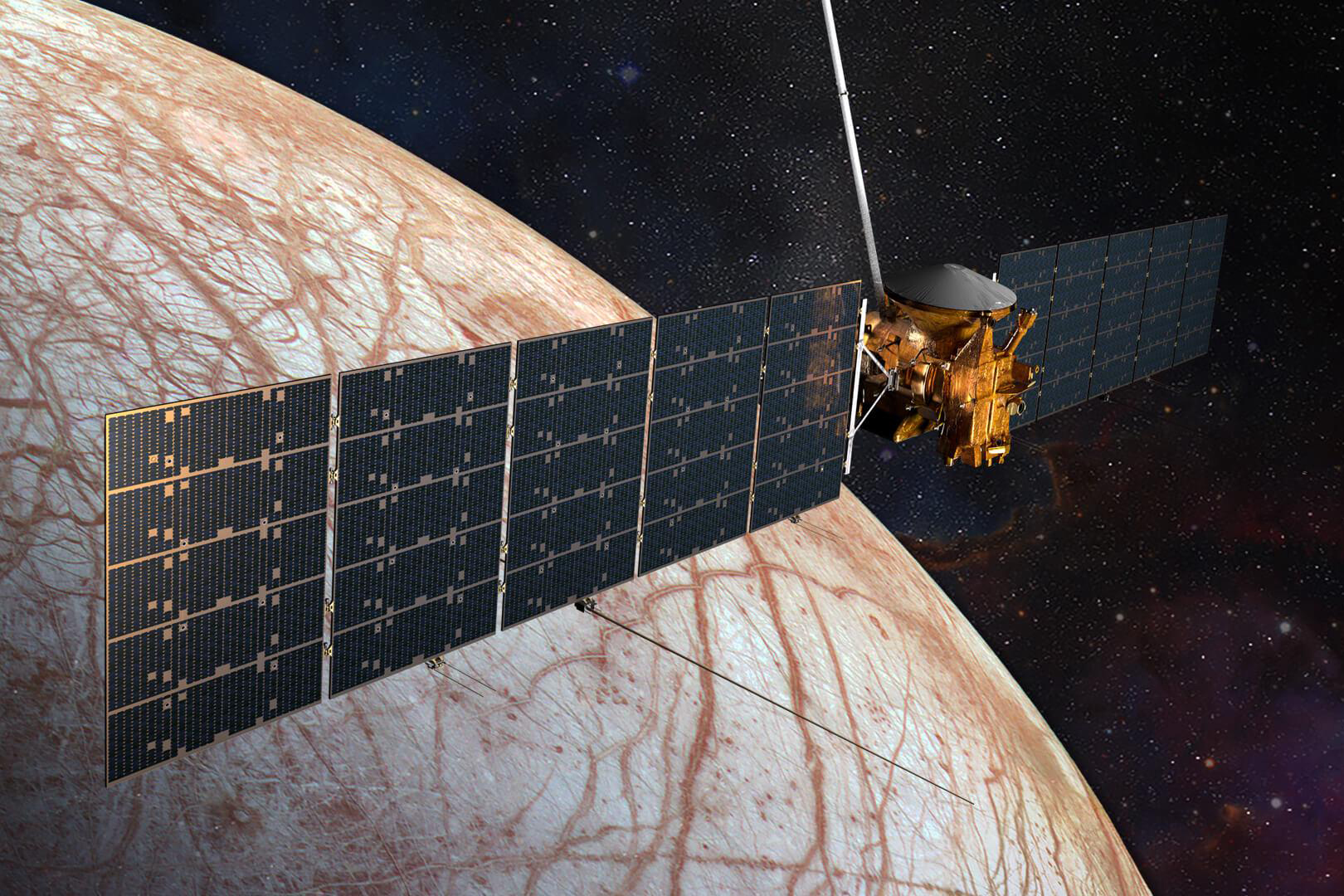Share This Article
Europa Clipper spacecraft design features
NASA is continuing with the Europa Clipper project to study Jupiter’s satellite. Specialists have equipped the apparatus with wings in the form of large solar panels. They are more than 14 metres long and 4 metres high.
Europa Clipper is the largest spacecraft and will be in charge of studying Europa, a Jupiter satellite. The project began in 2009, and since then, engineers have been working hard to get it up and running. The next step was to install the enormous solar panels. Their size is due to the need to capture a large amount of light. The fact is that the Europa satellite is five times further away from the Sun than the Earth. In turn, the equipment needs energy to power the systems while working on the satellite.
Panel characteristics
The panels are on Clipper’s main body. On the ground, they were in a folded state, and when the craft flew into space, they unfolded. The wingspan was then 30.5 metres, which is more than the size of a basketball court. The design calls for the panels to begin unfolding 90 minutes after launch. The deployment process takes approximately 40 minutes. The launch will take place in the autumn of 2024, with the SpaceX Falcon Heavy rocket sending it into space. It will reach the Jupiter system in 2030, and the entire mission will take about 3.5 years.

The wings are fitted with six 17.6-metre-long antennas, which will deploy fully two weeks after the journey begins. The antennas act as radars to search for water on Europa’s surface. It is worth noting that the exploration of the ground here is quite a complex process. There is a thick layer of ice on the surface of Jupiter’s satellite, and the search for water is dependent on the exploration of the soil beneath.
APL is responsible for designing the modules. Its representative, Taeju Lee, noted the project’s complexity. The engineers faced several challenges. On the one hand, they had to create batteries with a large surface area to capture sunlight. On the other hand, the panels had to withstand the weight of the antennas. The specialists succeeded in meeting all these challenges.
Project goals
Europa Clipper’s goals are to:
- measure the thickness of the ice;
- study the ocean on the satellite;
- carry out geological analysis of Europa’s surface.
The information obtained during the study will help scientists better understand the satellite’s characteristics and assess its potential for habitation.
One of the difficulties for the spacecraft is the effect of radiation. A few months before the launch, engineers eliminated the risks to the spacecraft by protecting the transistors from radiation.

